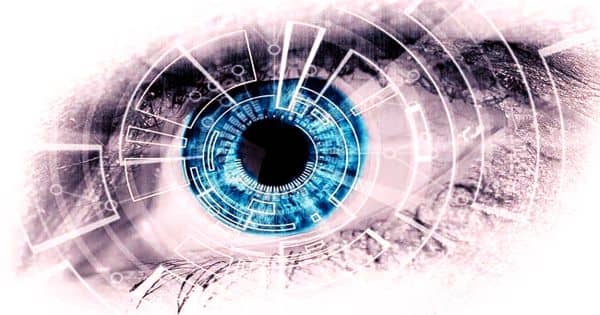Brain implants successfully restore rudimentary vision in the blind
A scientific advancement tested in monkeys shows that people who have gone blind because of accident or illness can eventually be able to restore their vision. The enhancement of the vision of blind people through a brain implant is about to become a reality. Latest discoveries at the Netherlands Center for Neuroscience (NIN) indicate that recently designed high-resolution implants in the visual cortex make it possible to perceive chemically induced shapes and sensations. This was successfully tested in two monkeys and allowed a rudimentary vision. Future uses may include the use of glasses fitted with a sensor that transmits data to the brain implant and allows blind people to see again.
Brain implants successfully restore rudimentary vision in monkeys and could allow blind people to see again. Researchers say the breakthrough could lead to human tests in three years.
The idea of brain stimulation by an implant to create artificial visual perceptions is not recent and dates back to the 1970s. However, existing devices can only produce a limited amount of artificial ‘pixels’ at a time. At the NIN, researchers from Pieter Roelfsema’s team are now using modern implant processing and implantation technology, state-of-the-art materials engineering, microchip manufacturing, and microelectronics to build devices that are more robust and reliable than previous implants. The first findings have been really positive.
Electrical stimulation
The technology uses electrodes to embed ‘pixels’ in the brain’s visual cortex. As the electrical stimulus is conveyed to the brain by an implanted electrode, the illusion of a dot of light is produced at a specific position in the visual space known as ‘phosphene.’ The team created high-resolution implants consisting of 1,024 electrodes and implanted them in the visual cortex of two sighted monkeys. Their aim was to produce interpretable images by providing electrical stimulation simultaneously through multiple electrodes, to generate a perception of multiple phosphenes. “The number of electrodes that we have implanted in the visual cortex, and the number of artificial pixels that we can generate to produce high-resolution artificial images, is unprecedented,” says Roelfsema.
Recognizing dots, lines, and letters
The procedure involves implanting electrodes in the brain of monkeys to create light spots, according to a report reported this week by experts in the Netherlands. The monkeys first had to perform a basic behavioral exercise in which they made eye motions to report the position of the phosphene that was triggered by an individual electrode during electrical stimulation. They were also tested on more complex tasks, such as a direction-of-motion task in which micro-stimulation was performed on a series of electrodes, and a text-discrimination task in which micro-stimulation was performed simultaneously on 8-15 electrodes, producing a perception in the shape of a letter. Monkeys have effectively recognized shapes and images, including circles, moving dots, and letters, using their artificial vision.
“Our implant interfaces directly with the brain, bypassing prior stages of visual processing via the eye or the optic nerve. Hence in the future, such technology could be used for the restoration of low vision in blind people who have suffered injury or degeneration of the retina, eye, or optic nerve, but whose visual cortex remains intact,” explains Xing Chen, postdoctoral researcher at Roelfsem.
This research lays the groundwork for a neuroprosthetic system that could help deeply blind people to recover functional vision and identify objects, explore new environments, and communicate more effectively in social settings, greatly enhancing their independence and quality of life.














